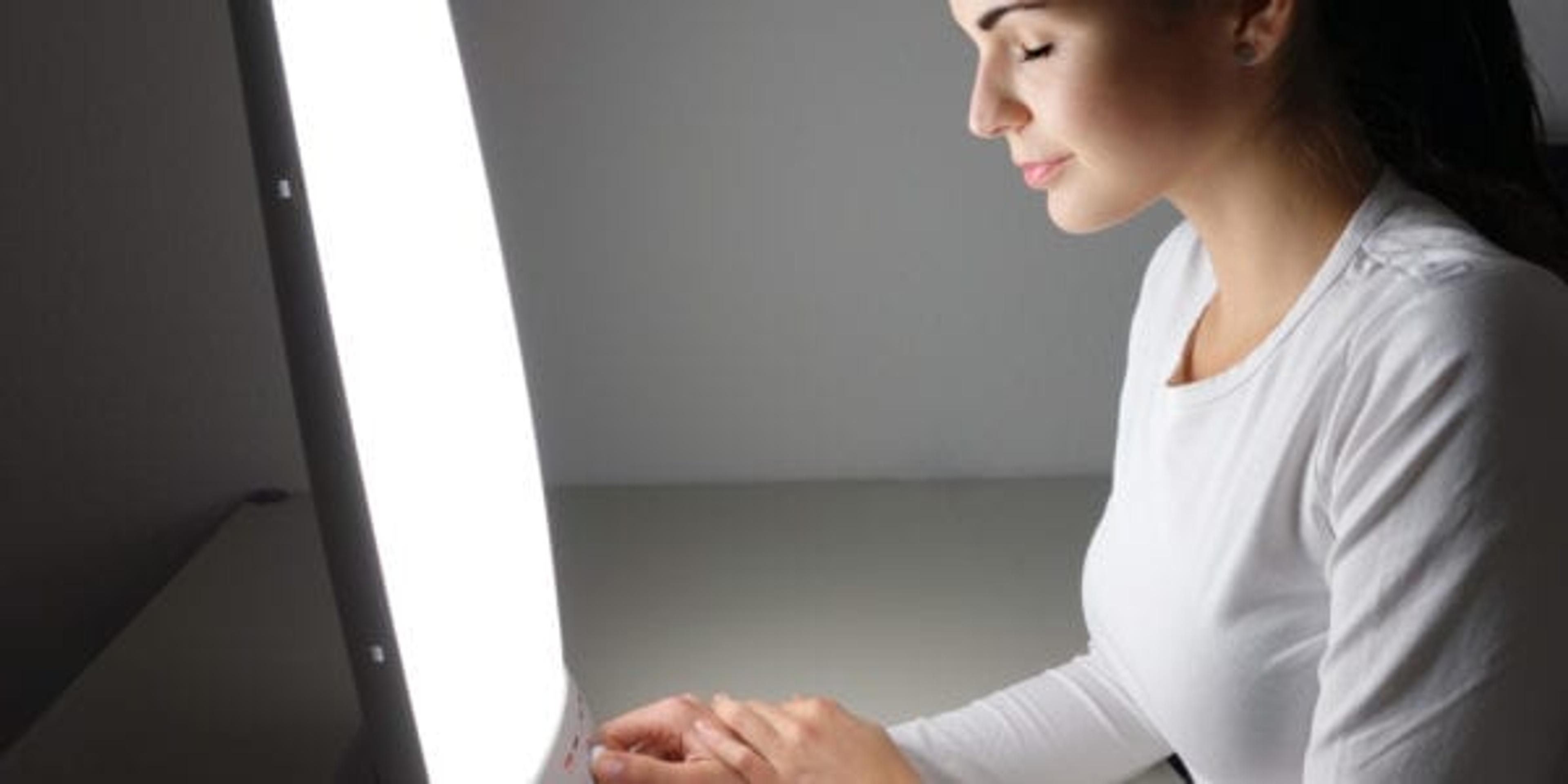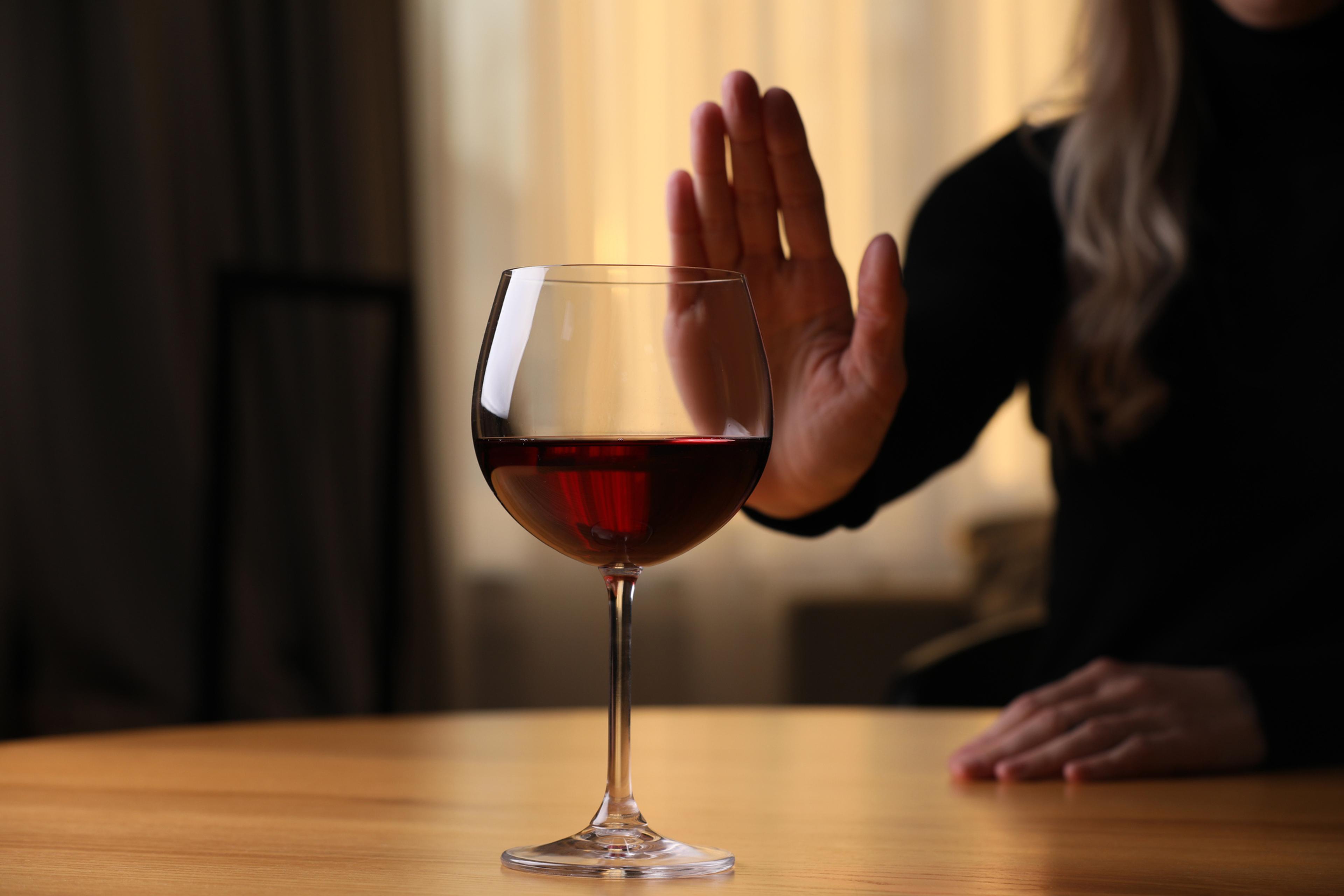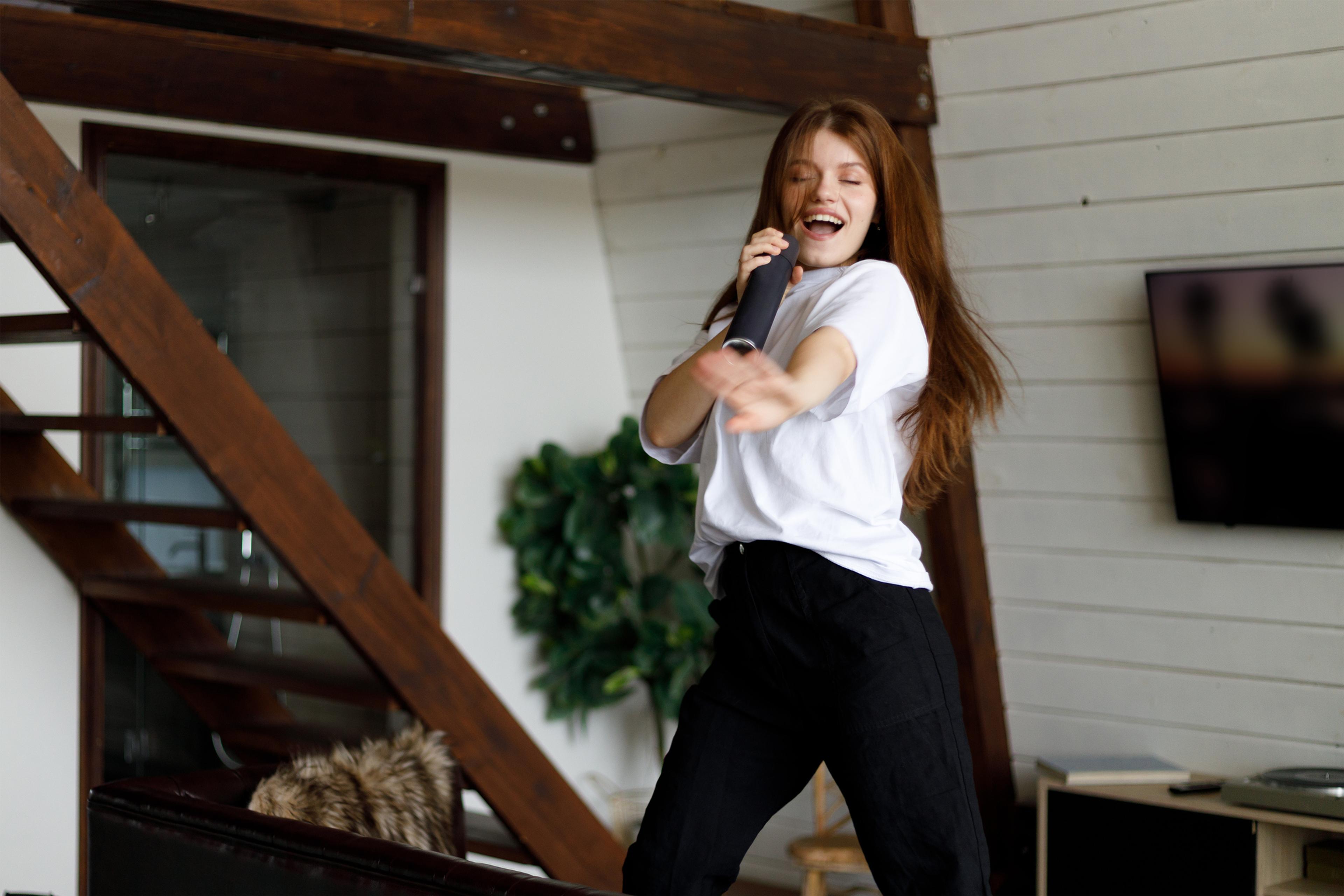Does the Winter Gloom Make You SAD? Here’s How to Treat it
| 2 min read

Seasonal affective disorder, or SAD, is a type of depression that is believed to be triggered by changes in the amount of daylight during certain seasons each year, usually during winter. It affects up to 26% of people living in the United States.
For those people, they can feel drastically different mentally and physically depending on whether or not the sun is out. Feeling a little blue, wanting to sleep and overeating are all common signs of seasonal affective disorder.
What Type Are You?
The most common type of SAD starts in the fall months and lasts until winter has passed. The other type of SAD that is not as common starts in the spring months and lasts until the end of summer.
The Mayo Clinic lists the following as symptoms of fall/winter SAD:
- Depression
- Hopelessness
- Anxiety
- Loss of energy
- Heavy feeling in arms and legs
- Social withdrawal
- Oversleeping
- Loss of interest in activities you once enjoyed
- Appetite changes, craving carbohydrate foods
- Weight gain
- Difficulty concentrating
Here are symptoms for summer onset SAD:
- Anxiety
- Trouble sleeping
- Irritability
- Agitation
- Weight loss
- Poor appetite
- Increased sex drive
The Rx
If you have any of the above symptoms or have a feeling you may have SAD, you should contact your doctor to discuss. There are treatments available, however, that can help lessen the symptoms.
Since SAD is usually triggered by a lack of sunlight, there are numerous types of light therapy to help people tackle SAD:
- Wear a light visor, equipped with a special light, for a specified amount of time each day.
- Sit in front of a light box, which mimics outdoor light, for a certain amount of time each day.
- Use a dawn simulator, a device that simulates the rising of the sun and its gradually increasing intensity, each morning and throughout the day.
- In some cases, it may be necessary to take medicine. Your doctor will be able to determine this.
- Make your environment brighter: Open the shades, trim branches to allow more sunlight, sit by windows.
- Going outside — even if the sun isn’t out — can still help. The natural light on cloudy days does good for SAD.
- Exercising daily helps combat a number of illnesses, including SAD. Exercise relieves stress, which can be an agitator of seasonal affective disorder, and helps lift your mood.
Related:
Photo credit: Getty





